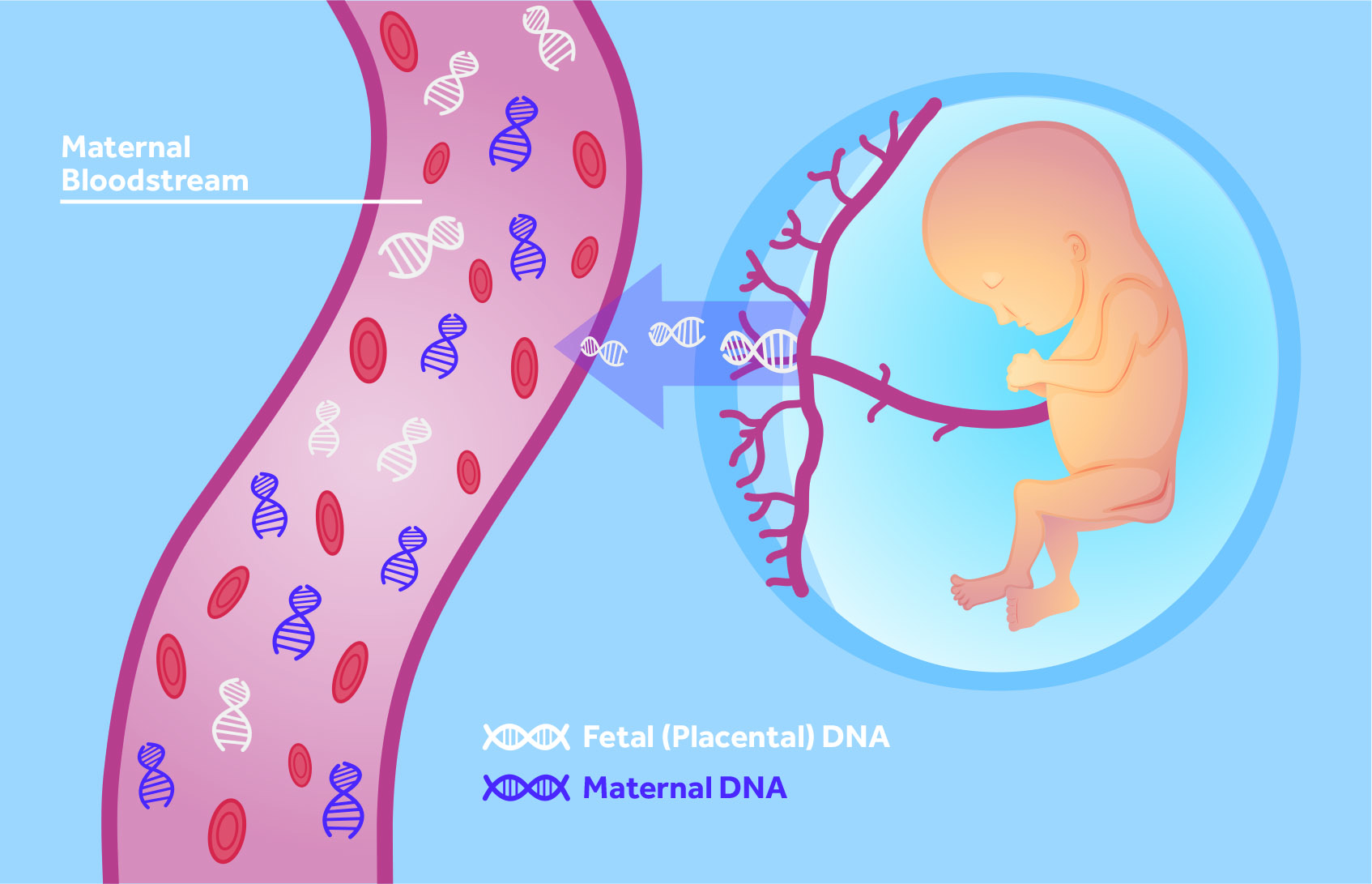What is
NIPT
Non-invasive prenatal testing (NIPT) is a revolutionary blood test that screens for certain genetic abnormalities in a developing fetus.
Unlike older methods like amniocentesis, which involved a small risk of miscarriage, NIPT is a simple blood draw from the pregnant woman.
Unlike older methods like amniocentesis, which involved a small risk of miscarriage, NIPT is a simple blood draw from the pregnant woman.
This test analyzes tiny fragments of fetal DNA circulating in the mother's bloodstream, providing valuable information about the baby's genetic makeup.
What NIPT Screens For
NIPT primarily screens for chromosomal conditions such as:
- Down syndrome (trisomy 21)
- Edwards syndrome (trisomy 18)
- Patau syndrome (trisomy 13)

These conditions can have significant health implications for the baby, and NIPT can help expectant parents make informed decisions about their pregnancy.
Follow-Up Testing
If NIPT results indicate a high risk for one of these conditions, further diagnostic tests like amniocentesis or chorionic villus sampling (CVS) may be recommended to confirm the diagnosis.
Advantages of NIPT
One of the major advantages of NIPT is its high accuracy. It can detect many chromosomal abnormalities with a very low false positive rate, meaning that a positive result is highly likely to be accurate.
However, it's important to remember that NIPT is a screening test, not a diagnostic test. A positive result does not definitively mean the baby has the condition, and further testing is always necessary to confirm a diagnosis.
Who Should Consider NIPT?
NIPT is typically offered to pregnant women who are at increased risk for having a baby with a chromosomal abnormality, such as:
- Women older than 35
- Those with a family history of chromosomal abnormalities
- Women who have had previous pregnancies affected by chromosomal abnormalities
However, NIPT is becoming increasingly available to all pregnant women due to its safety and accuracy.
Conclusion
In conclusion, NIPT is a valuable tool for prenatal care that can provide expectant parents with important information about their baby's health. While it's not a substitute for traditional diagnostic tests, NIPT can help identify pregnancies at increased risk for chromosomal abnormalities, allowing for early counseling and management. As NIPT technology continues to evolve, it is likely to play an even greater role in prenatal care in the years to come.